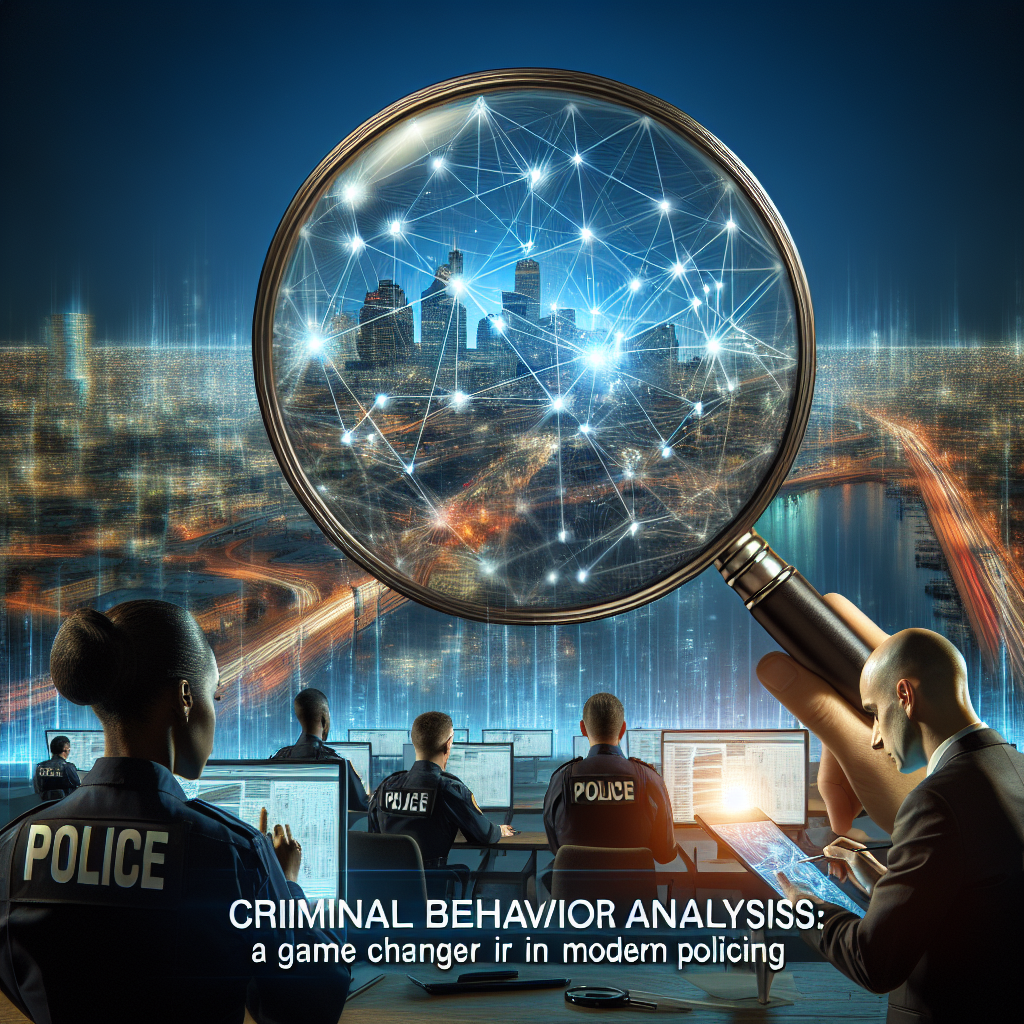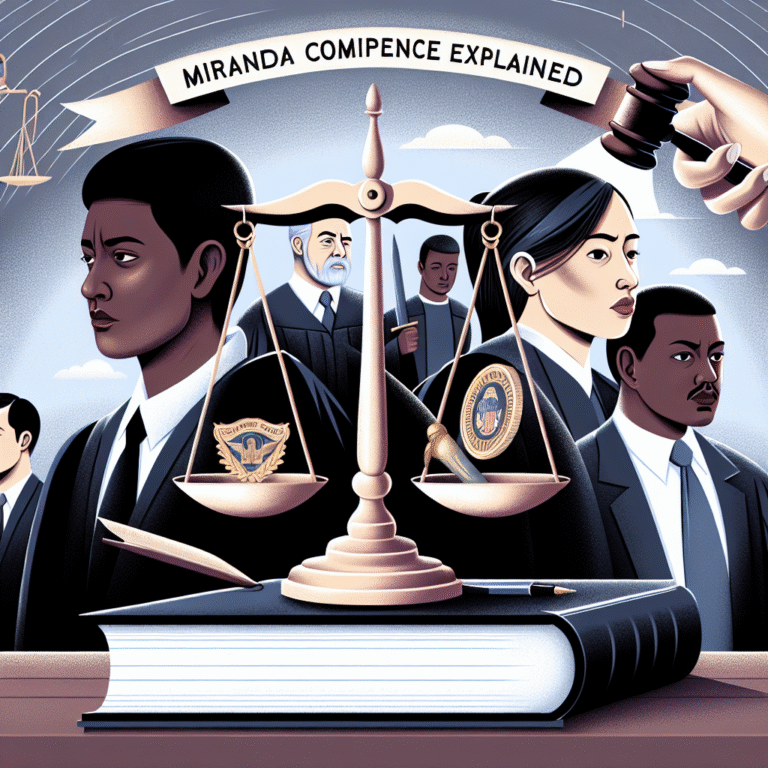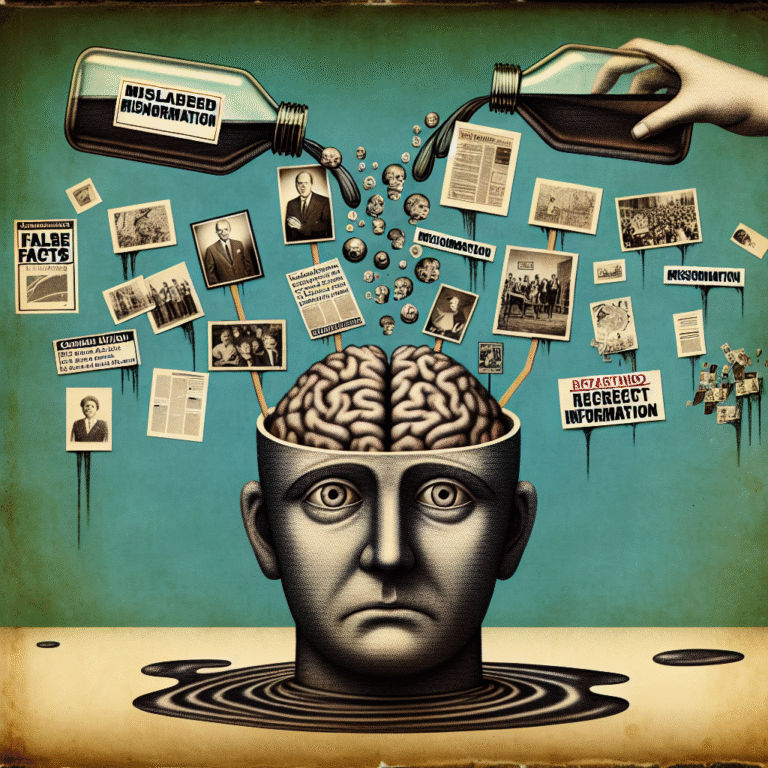
Introduction
Imagine a world where law enforcement can predict criminal activity with the same accuracy as meteorologists forecast the weather. This isn’t science fiction; it’s the emerging reality of Criminal Behavior Analysis: A Game Changer in Modern Policing. With advancements in data analysis, psychological profiling, and technology, policing is transforming from reactive to proactive, allowing police departments to prevent crime before it happens.
The significance of criminal behavior analysis cannot be overstated. It has become an essential tool in modern law enforcement, bridging the gap between crime prediction and prevention. In this article, we will explore how this innovative approach is reshaping policing, examining real-world case studies, and discussing its benefits and challenges in a rapidly changing landscape.
The Foundations of Criminal Behavior Analysis
What is Criminal Behavior Analysis?
Criminal behavior analysis is the study of criminal actions and their motivations through various lenses including psychology, sociology, and statistics. It utilizes data to identify patterns and correlations that can help law enforcement agencies understand and predict potential criminal behavior.
Key Components
- Data Collection: Utilizing statistics from past crimes, demographics, and social media analytics.
- Psychological Profiling: Assessing the psychological aspects of criminals to predict future behavior.
- Geographic Information Systems (GIS): Mapping crime hotspots and trends.
Why It Matters
Understanding criminal behavior is crucial for effective policing. By analyzing patterns, police can allocate resources more effectively and engage community members in targeted prevention initiatives. This proactive approach promotes safer neighborhoods and helps build trusting relationships between the community and law enforcement.
The Role of Technology in Criminal Behavior Analysis
Data-Driven Policing
The marriage of technology and criminal behavior analysis has opened new doors for law enforcement. The collection and interpretation of data allow for a deeper understanding of crime dynamics.
- Predictive Policing Software: Tools like PredPol use algorithms to forecast where crimes are likely to occur based on historical data.
Table 1: Benefits of Predictive Policing Software
| Benefit | Description |
|---|---|
| Improved Resource Allocation | Allows police departments to allocate officers effectively to high-risk areas. |
| Crime Reduction | Proactive crime prevention strategies can reduce overall crime rates. |
| Enhanced Community Engagement | Fosters relationships by involving community members in prevention efforts. |
Real-World Applications of Criminal Behavior Analysis
Case Study 1: Los Angeles’ PredPol Success
Los Angeles Police Department (LAPD) implemented PredPol, a predictive policing software, to target areas with high crime probabilities. The results were remarkable, showing a significant reduction in property crimes. By analyzing data from prior incidents, LAPD focused patrol efforts, leading to more arrests in crime-prone neighborhoods.
Analysis
This case illustrates the importance of Criminal Behavior Analysis: A Game Changer in Modern Policing. Proactive measures taken by LAPD not only lowered crime rates but also enhanced community trust in law enforcement, showcasing the effectiveness of data-driven strategies.
Case Study 2: Chicago’s ShotSpotter Technology
Chicago employed the ShotSpotter system, which utilizes acoustic sensors to detect gunfire. This technology allows police to respond more rapidly to incidents, enhancing public safety and decreasing response times. By combining ShotSpotter data with crime trend analysis, police have improved their strategic deployments.
Analysis
This initiative highlights how Criminal Behavior Analysis: A Game Changer in Modern Policing can lead to immediate, actionable responses to violent crime, serving as a critical tool in high-risk areas.
Case Study 3: The Behavioral Analysis Unit of the FBI
The FBI’s Behavioral Analysis Unit (BAU) employs psychological profiling and criminal behavior analysis to tackle serial crimes. By identifying patterns in criminal behavior, they have successfully apprehended dangerous criminals and prevented further victimization.
Analysis
The work of the BAU demonstrates the profound impact of understanding criminal motivations. It reinforces the idea that Criminal Behavior Analysis: A Game Changer in Modern Policing is vital not just for tactical strategies but also for long-term criminal investigation.
Overcoming Challenges in Criminal Behavior Analysis
Ethical Considerations
While the benefits are considerable, ethical concerns arise from the use of data in policing—particularly regarding privacy, bias, and accountability. Without rigorous oversight, there is a risk of reinforcing systemic biases, which can shape law enforcement practices unfairly.
Balancing Act: Efficiency vs. Ethics
Striking a balance between efficient crime-fighting strategies and ethical considerations remains a challenge. Transparency in algorithms and community engagement are essential to navigate these complications.
The Future of Criminal Behavior Analysis
Continuous Learning and Adaptation
The field of criminal behavior analysis is evolving rapidly. As new data sources become available—such as social media feeds and biometric data—policing techniques must adapt and grow.
Table 2: Future Trends in Criminal Behavior Analysis
| Trend | Description |
|---|---|
| Integration of AI | Utilizing AI to analyze large datasets for more effective predictions. |
| Focus on Community Involvement | Engaging communities in crime prevention to create safer environments. |
| Enhanced Inter-Agency Collaboration | Collaboration among different law enforcement agencies for a united response. |
Conclusion
Criminal Behavior Analysis: A Game Changer in Modern Policing is reshaping the landscape of law enforcement today. As we’ve seen through various case studies, the integration of innovative data-driven approaches and technology can lead to safer communities, optimized resource allocation, and greater trust in policing agencies. However, the journey towards effective criminal behavior analysis is not without its challenges. Ethical considerations must remain at the forefront of this evolution to ensure that the tools developed serve justice and equality, not bias and discrimination.
In embracing change, law enforcement can cultivate a future where collaboration and engagement are paramount. As we move forward, communities, police departments, and policymakers must work together to harness these tools, ensuring a proactive approach to crime that ultimately fosters trust, safety, and accountability.
FAQs
1. What is criminal behavior analysis?
Criminal behavior analysis studies criminal actions and their motivations, utilizing data from psychology, sociology, and statistics to identify patterns that can predict criminal behavior.
2. How does technology play a role in criminal behavior analysis?
Technology, specifically data analytics and predictive policing algorithms, plays a crucial role by providing valuable insights into crime patterns and enabling proactive policing strategies.
3. What are some ethical concerns surrounding criminal behavior analysis?
Ethical concerns include privacy issues, potential bias in data interpretation, and the accountability of law enforcement agencies when utilizing predictive technologies.
4. Can criminal behavior analysis effectively reduce crime rates?
Yes, when implemented correctly, criminal behavior analysis can significantly reduce crime rates by allowing police to concentrate their resources on high-risk areas and engage communities in preventive measures.
5. What are the future trends in criminal behavior analysis?
Future trends include the integration of artificial intelligence, a greater focus on community involvement, and enhanced collaboration between law enforcement agencies for a unified approach to crime prevention.
In conclusion, Criminal Behavior Analysis: A Game Changer in Modern Policing is not just about solving crimes; it is about transforming the relationship between communities and law enforcement, ensuring a safer future for all.

















